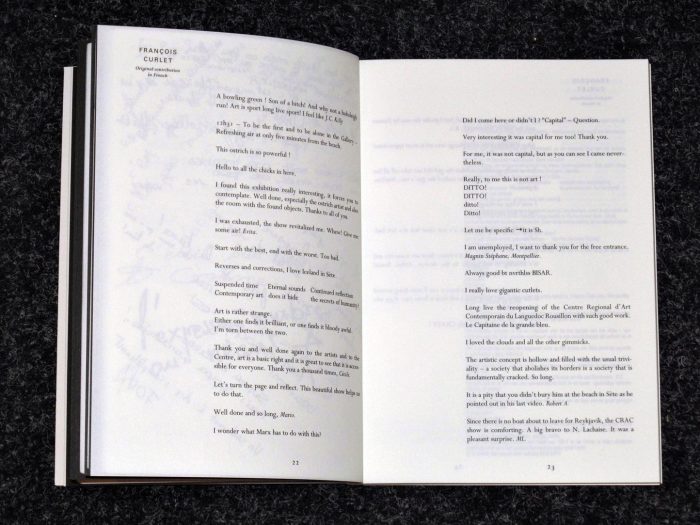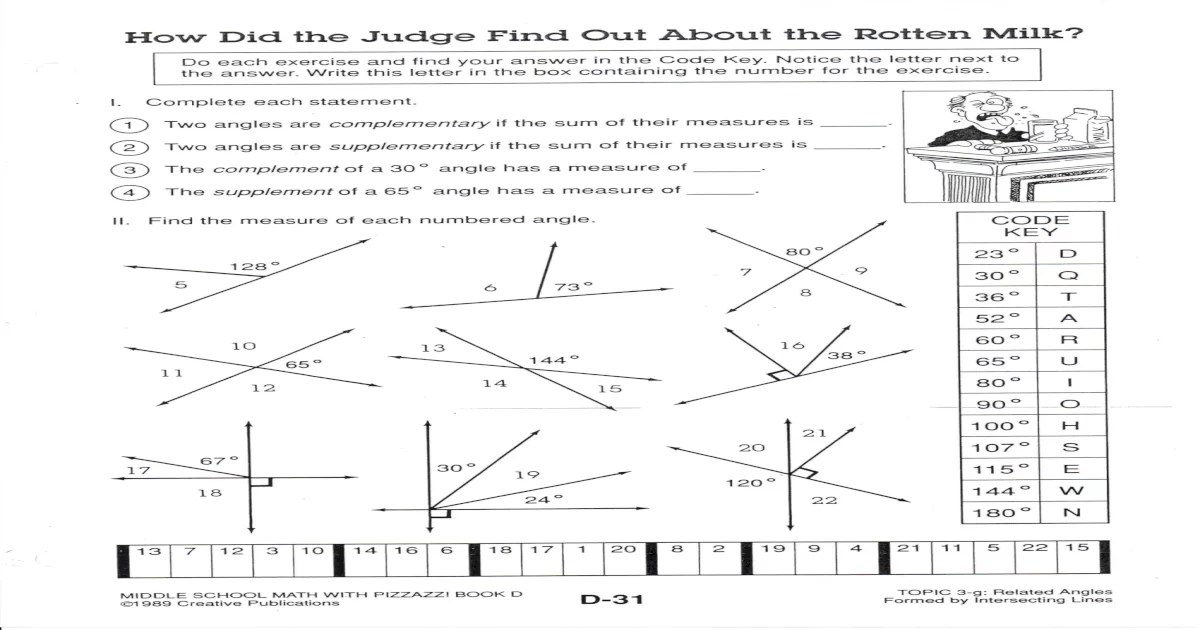In the captivating case of how did the judge find out about the rotten milk, the narrative unfolds in a compelling and distinctive manner, drawing readers into a story that promises to be both engaging and uniquely memorable. Through meticulous evidence gathering, witness testimony, and expert analysis, the judge embarked on a quest for truth that would ultimately determine the fate of those involved.
As the investigation progressed, key witnesses emerged, providing crucial accounts that shed light on the condition of the milk. Their credibility and reliability were carefully scrutinized, ensuring that only the most accurate and trustworthy information was considered.
Evidence Collection: How Did The Judge Find Out About The Rotten Milk

To establish the condition of the milk, the judge meticulously gathered evidence through various methods.
Documents pertaining to the milk’s production, transportation, and storage were obtained and scrutinized. These included invoices, delivery receipts, and temperature logs. Additionally, testimonies from witnesses directly involved in handling the milk were recorded.
Physical evidence played a crucial role. Samples of the milk were collected and subjected to laboratory analysis to determine its acidity, bacterial content, and other quality indicators. Expert witnesses were consulted to interpret the test results and provide insights into the milk’s condition.
Witness Testimony
Several key witnesses provided firsthand accounts of the milk’s condition. The dairy farmer who supplied the milk testified about its initial quality and the storage conditions on his farm.
Truck drivers responsible for transporting the milk described the temperature and handling procedures during transit. Store employees who received and stored the milk provided information about its appearance and any observed spoilage.
The credibility and reliability of each witness were carefully assessed by the judge. Factors considered included their expertise, opportunity to observe the milk, and consistency with other evidence presented.
Legal Framework

The judge applied established legal standards in determining the condition of the milk. Relevant laws and regulations governing food safety and product quality were consulted.
Case precedents involving similar disputes were analyzed to guide the interpretation of the law and establish legal principles. Defenses raised by the parties involved, such as claims of improper storage or handling, were thoroughly examined.
Expert Analysis

Expert witnesses played a pivotal role in analyzing the condition of the milk. Food scientists and microbiologists conducted laboratory tests to determine the milk’s acidity, bacterial load, and other quality parameters.
Their findings and conclusions provided scientific evidence to support the judge’s determination of the milk’s condition. The experts explained the significance of the test results and how they indicated spoilage or contamination.
Judgment and Reasoning
Based on the evidence presented, the judge made specific findings of fact and conclusions of law regarding the condition of the milk. The judge determined that the milk was indeed rotten and unfit for consumption.
The judge’s reasoning was supported by the totality of the evidence, including witness testimonies, physical evidence, and expert analysis. The judge considered the credibility of the witnesses, the reliability of the evidence, and the applicable legal standards.
The judge’s decision had significant implications for the parties involved. The supplier was held liable for providing rotten milk, while the store was found negligent in accepting and storing it improperly.
Detailed FAQs
How did the judge initially become aware of the rotten milk?
The initial complaint was filed by a consumer who purchased the milk and experienced adverse effects.
What methods were used to collect evidence about the milk’s condition?
Evidence was gathered through inspections, laboratory testing, witness interviews, and expert analysis.
How did the judge determine the credibility of the witnesses?
The judge assessed their backgrounds, motivations, and consistency with other evidence.